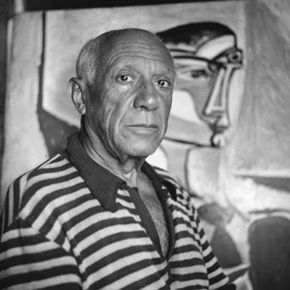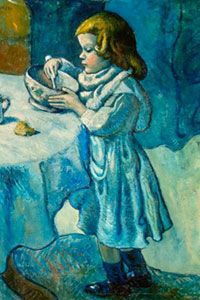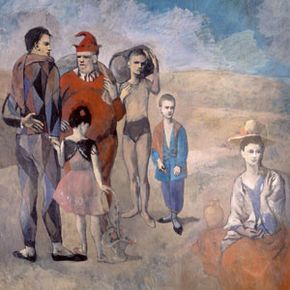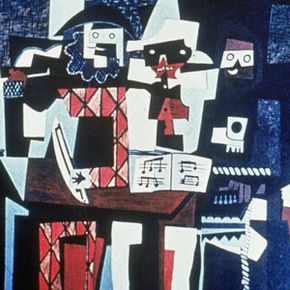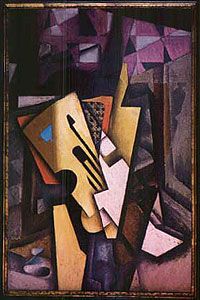Everything you can imagine is real.
No other artist in history has been as famous in his own time as Pablo Picasso; at a minimum, tens of millions of people around the world knew the artist's work [source: Time]. And while Picasso's fame began with his art -- he's credited with influencing every major art movement of the 20th century -- it didn't end with it.
Advertisement
Picasso was an attention-grabbing artist and a controversial character: a womanizer, Communist, Stalinist and genius who was both loved and hated, yet almost always at least admired for his innovation and talent. He was reviled by the Nazis but shielded by his own renown during the German occupation of Paris. He even became briefly political, specifically with the painting of "Guernica," which was inspired by the Spanish Civil War.
"Guernica" was painted in 1937, and it's one of his most famous works. In general, though, despite his well-known Communist association, Picasso was not a politically driven artist. Instead, sex, or at least the female form, is the most common subject in his art, seen in works like "Nude Woman" of 1910, "The Dream" from 1932, and the painting that jumpstarted Cubism in 1907, "Les Demoiselles d'Avignon."
Cubism was just one of his contributions to art history and art present, albeit a major one. But there were others. In this article, we'll look at the life and work of Pablo Picasso, one of the most influential artists of all time. We'll see where he came from, how he got his start and how his work evolved, and we'll check out some of the works that earned him a level of fame enjoyed by no other artist before or since.
Picasso's fame radiated outward from Paris, but that's not where his story begins. He was born in Spain, the son of an art teacher.
Advertisement
